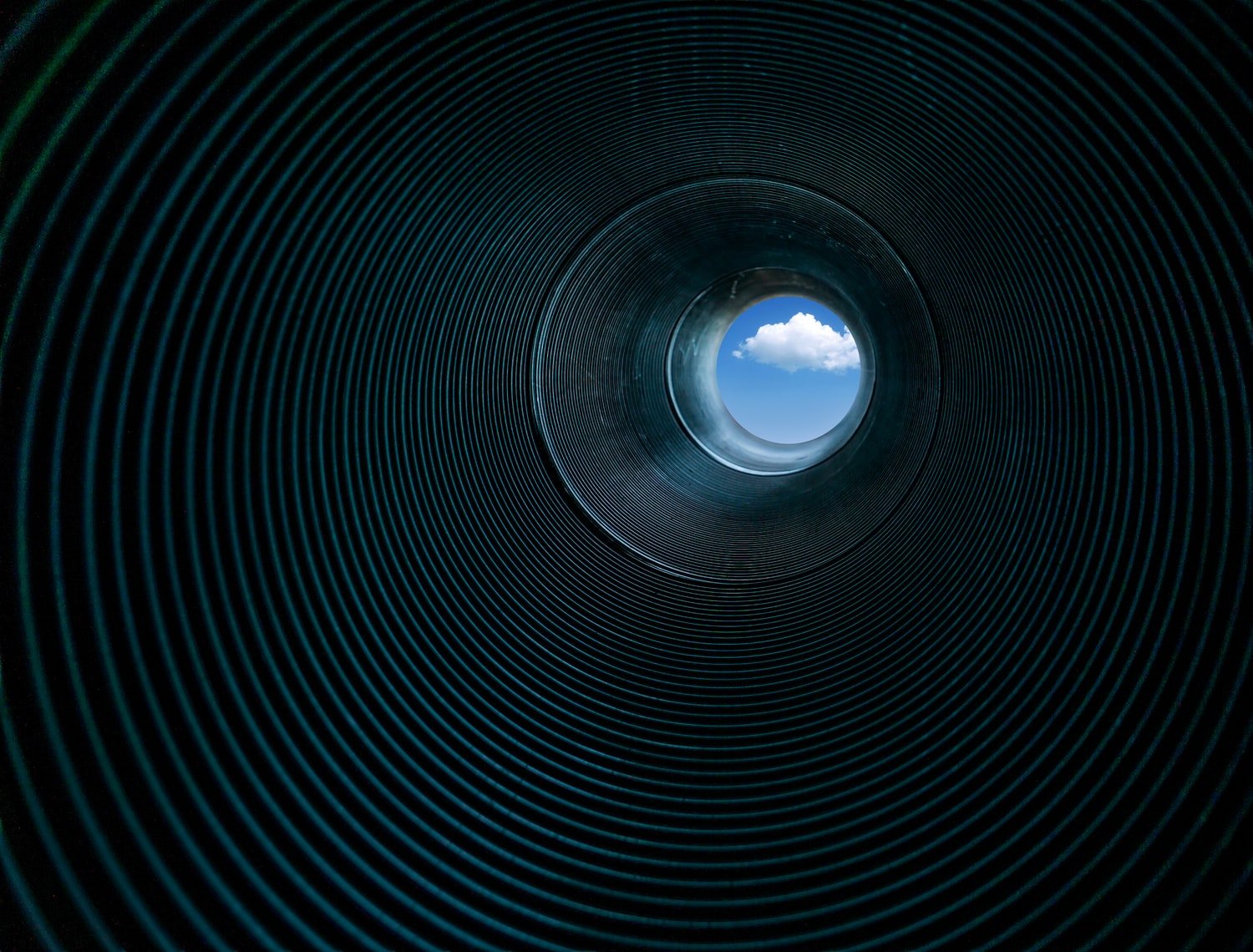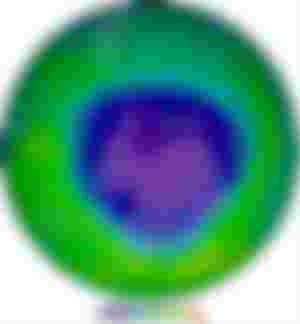The Ozone Hole: A Quick History


Introduction:
The ozone hole over Antarctica has grown to its largest size in many years, a new study says. The ozone layer is slowly recovering from the damage caused by chlorofluorocarbons, or CFCs—chemicals used in products such as refrigerators and air conditioners. -Created by: Stephanie Ewing topic:What Are Mental Health Benefits? tone: prof
1. The Ozone Hole
The Ozone Hole is a large, thin area in the Earth's protective ozone layer. Scientists discovered the thinning of the ozone layer in 1985, while monitoring the Antarctic. They realized that the ozone was consistently thinner above Antarctica than anywhere else on Earth.
2. How did the Ozone Layer form?
Scientists have known for more than a century that the ozone layer in the atmosphere protects life on Earth from harmful ultraviolet radiation. It is a natural sunscreen for our planet. Although ozone is found at high altitudes, it has not always been abundant in the atmosphere. The ozone layer has been depleted by human activities and scientists around the world have worked tirelessly to figure out how to replenish it. So what exactly is an ozone layer and how did it form?
3. Industry and the Ozone Hole
The ozone layer is located in the stratosphere, approximately 7–40 kilometres above Earth’s surface, and it protects life on the planet by absorbing ultraviolet (UV) radiation. The stratospheric ozone layer ranges from 3 to 5 km in thickness in the mid-latitudes. In the polar regions, however, where there are frequent temperature inversions, the ozone layer is typically only 2 to 3 km thick during the winter months. The ozone layer contains less than 10 ppm of ozone; most of this is within the lower stratosphere. The main source of stratospheric ozone
4. Saving Our Ozone Layer: Montreal Protocol
The Montreal Protocol on Substances that Deplete the Ozone Layer was a series of international treaties, protocols and decisions designed to reduce the production and consumption of ozone-depleting chemicals. The original agreement was signed in Montreal, Canada on September 16, 1987, and required countries to report on the production, consumption and phase-out of certain chlorofluorocarbons (CFCs), halons and carbon tetrachloride. It was amended in 1990 to include other ozone-depleting substances (ODSS), including hydrochlorofluorocarbons
7. Conclusion:
The ozone hole is an area of the stratosphere where there is a reduction in the concentration of ozone. It happens each year during springtime and it can be measured with many different satellites orbiting our planet. We hope you've found this article informative!
